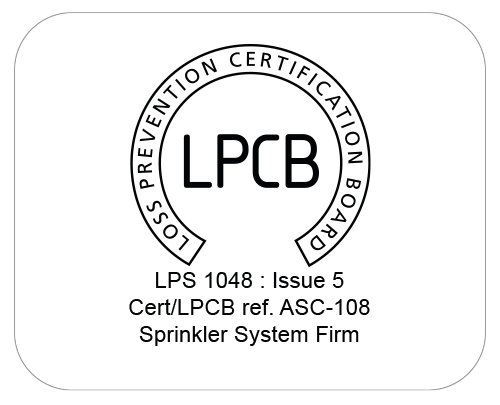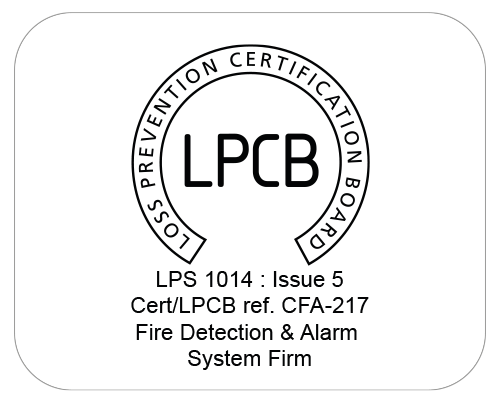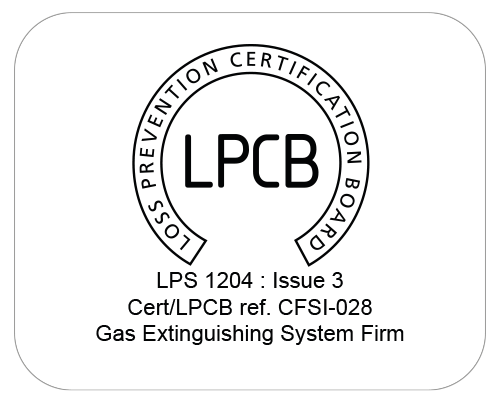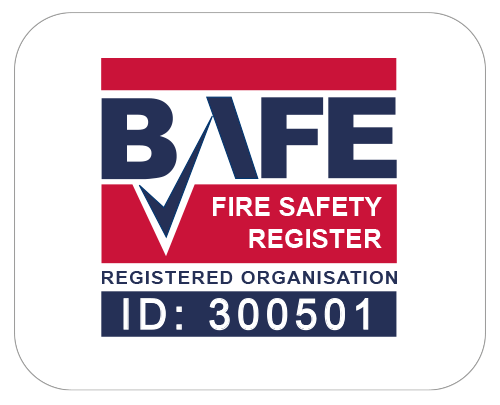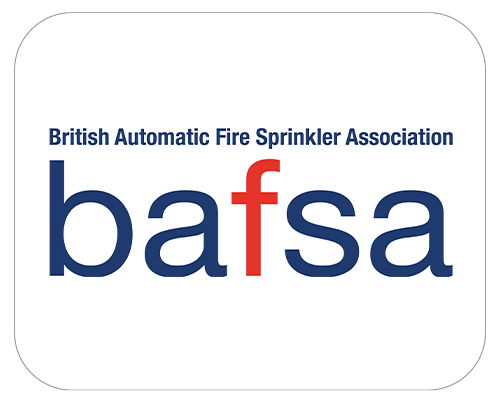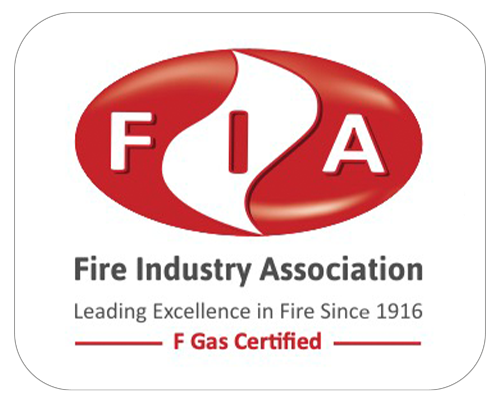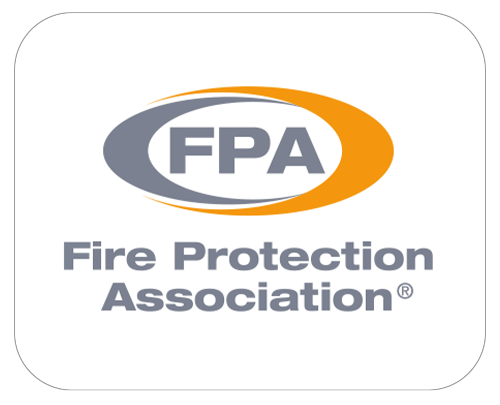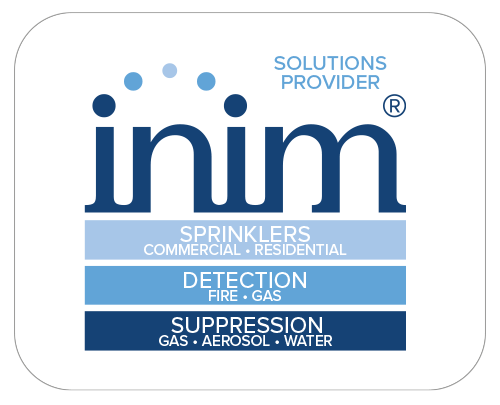

Legal Requirements
A Fire Risk Assessment or Insurance Assessment may stipulate the need for Portable Fire Extinguishers based on the following factors:
Building Use and Occupancy – The type of premises (e.g., commercial, industrial, residential) and the number of occupants can determine the required type and quantity of extinguishers.
Fire Hazards Present – The presence of flammable materials, electrical equipment, or cooking areas increases the need for appropriate fire extinguishers.
Size and Layout of the Premises – Larger or more complex buildings may require multiple extinguishers placed strategically for easy access.
Insurance Conditions – Insurers often require compliant fire safety measures as part of policy terms, which may include the presence and regular servicing of fire extinguishers by a competent servicing organisation.
Regulatory Compliance – Compliance with local fire safety regulations and national fire codes often includes the installation and maintenance of portable extinguishers.
Compliance typically aligns with industry standards such as:
- BS 5306:3
- BS 5306:8
Insurance Requirements
Insurance Requirements
Many insurers recommend or require the installation and maintenance of portable fire extinguishers by a Third-Party certified firm for the following reasons:
Risk Mitigation – Fire extinguishers can assist with the control small fires before they escalate, reducing potential damage and insurance claims.
Policy Compliance – Some insurance policies include specific clauses mandating the presence of fire extinguishers as a condition of coverage.
Lower Premiums – Demonstrating proactive fire protection measures, such as having extinguishers and training, may result in lower insurance premiums.
Improved Risk Profile – Businesses with effective fire safety measures are often viewed more favourably during risk assessments, influencing policy terms and coverage limits.
Business Continuity – Minimizing fire-related damage helps reduce downtime and financial losses, aligning with the insurer's interest in protecting insured assets.





